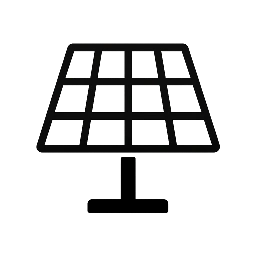In a move that has stirred a significant amount of discussion among the press corps, the White House has recently announced a new rule restricting journalists’ access to Room 140 without a prior appointment. This room, which is situated near the Oval Office, houses the offices of the top communications staff, making it a crucial hub for media interactions and information dissemination.
A Shift in Access
For years, Room 140 has been a place where journalists could more freely navigate to gather insights and updates on the administration’s activities. The recent change, however, mandates that journalists must now schedule appointments if they wish to access this space. This new protocol aims to streamline interactions between the press and the communications team but has raised concerns regarding the transparency and openness of the current administration.
Impact on Press Freedom
The restriction has sparked a debate about press freedom and the importance of maintaining an open channel for journalists to do their work effectively. Critics argue that this move could hinder the ability of reporters to obtain timely and unfiltered information, which is essential for their role as watchdogs of democracy. They worry that by limiting spontaneous interactions, the administration might control the narrative more tightly, potentially impacting the objectivity and breadth of news coverage.
On the other hand, supporters of the new rule claim that it can improve the quality of press engagements. By organizing meetings, the communications staff can allocate appropriate time and resources to address journalists’ queries in a more substantial manner, rather than through hurried, impromptu conversations. This structured approach could lead to more detailed and thoughtful responses from officials.
Navigating the New Rules
Journalists are now faced with the challenge of adapting to these new limitations. Scheduling appointments may seem like a straightforward adjustment, but it introduces logistical complexities. Reporters will need to be more strategic about their questions and the timing of their requests. There is also the concern that appointment slots might be limited, making it more difficult for all interested media representatives to gain the access they need.
Moreover, there is unease about the potential for favoritism, where certain outlets or journalists might receive preferential treatment in terms of appointment availability. This could skew the information landscape, giving some entities more influence over the news cycle than others.
A Balancing Act
The implementation of this new rule is a balancing act between maintaining security and operational efficiency within the White House and preserving the essential democratic function that a free press serves. As journalists and White House staff navigate this new terrain, Banjir69, Banjir69 login the true impact of the restriction remains to be seen. The key lies in finding a middle ground that allows the administration to function smoothly while ensuring that the press can continue to hold those in power accountable.
Conclusion
The White House’s decision to restrict journalist access to Room 140 without an appointment marks a significant shift in the way media interactions are managed. While it promises more organized and possibly thorough engagements, it also raises valid concerns about the transparency and freedom of the press. As this new rule unfolds, both the administration and the press will need to adapt and find ways to ensure that the flow of information remains robust and that the critical watchdog role of journalism is upheld.
In light of these changes, stakeholders from both sides are urged to communicate openly and honestly about any issues that arise, striving towards a cooperative relationship that balances the needs of both the government and the fourth estate. Whether through scheduled appointments or other means of interaction, the primary goal should always be to foster a well-informed public, strengthening the foundations of our democracy.

Leave a Reply